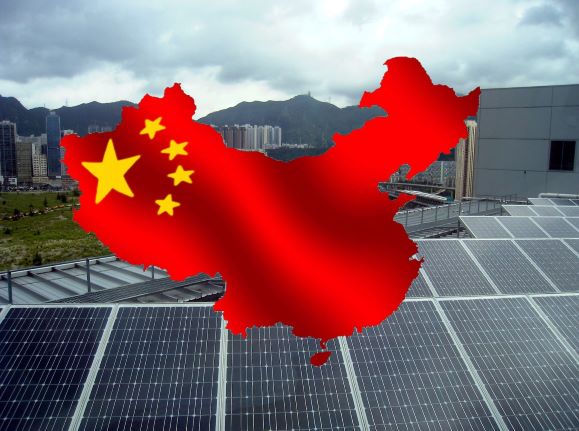China’s 1200GW Target For 2030 and Implications For India

India might not hit its 100 GW solar, and 60 GW wind energy target by 2022, but there is zero doubt that the country’s progress on these two ‘alternate’ energy sources has been one of the highlights of the decade, as far as energy goes. More importantly, with the continued drop in prices, especially for storage, a combination of greater power demand and retiring thermal plants might still make India’s 450 GW target for 2030 achievable.
By contrast, China’s 2030 target to generate 25 percent energy from non-fossil fuel energy sources throws up some massive numbers that the country will need to meet its own NDC’s. (Nationally Determined Contributions). Currently, wind and solar combined provided around 9 percent of China’s total electricity generated in 2019. A figure that has been growing 1 percent each year on average since 2015.
Officially, the country has estimated it needs 1200 GW of solar and wind capacity additions to meet these goals by 2030. However, Tsinghua University researchers estimate that to reach the energy consumption numbers, actual additions might need to be much higher than even 1200 GW , possibly closer to 1500 GW. 75 GW plus of solar and 60 GW plus of wind every year. Considering all factors, far more likely, a solar addition rate of 90 GW plus every year really, as wind will lag due to higher costs and complexity.
In June 2020, the National Development and Reform Commission (NDRC) and the National Energy Administration (NEA) had provided joint guidance for the year , giving a target of 240 GW each for wind and solar PV by year end, implying additions of 30 GW of wind and 36 GW of solar in 2020.
With feed-in tariffs completely phased out by 2020 end, much like India, China was expected to take some time to ramp up capacity additions back to peak levels seen in 2018. However, the new targets mean that ramp up there might happen faster. This has been hinted at by the high capacity expansions of leading Chinese manufacturers too, are again feeling gung ho about domestic demand, despite protectionist walls coming up in markets like India and the US, which were absorbing significant supplies till now.
The implications for India are obvious. Any fresh customs duty would be counter productive, as any manufacturing planned in India would come up only by 2022 end. That explains why India has held back on adding a customs duty to its existing 15 percent safe guard duty. However, post 2022, assuming that new manufacturing meets high quality standards, one can expect India to impose customs duty at 40 percent levels, to provide an initial period in which manufacturers can harvest the domestic market to build scale and expertise, before progressively reducing those duties to make the market globally competitive.




